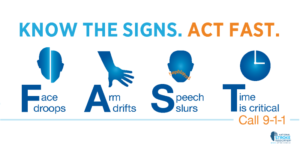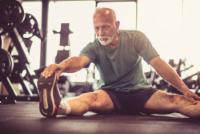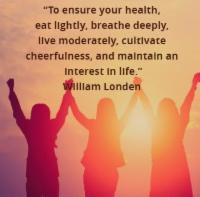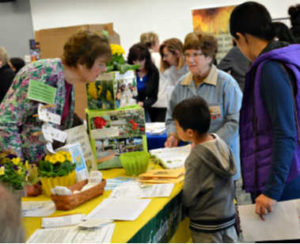
Distracted walking is causing more accidents and deaths
Ask Mr. Pedometer and Friends…
June 2019
Q: Mr. Pedometer, I heard that “distracted walking” is causing more accidents and deaths. What are some ways we can be safer?
A: That is a timely question since June is National Safety Month. The National Safety Council website confirms that “distracted walking” is causing more accidents and even deaths. They offer information on how we can keep safe when we are pedestrians as (and even inside our own homes):
“Head Up, Phone Down”
“Distracted walking incidents are on the rise, and everyone with a cell phone is at risk. According to a Governors Highway  Safety Association report, nearly 6,000 pedestrians were struck and killed by motor vehicles in 2017. This number mirrors 2016 fatalities. Total pedestrian deaths in 2017, both traffic- and non-traffic-related, were 7,450, according to Injury Facts.
Safety Association report, nearly 6,000 pedestrians were struck and killed by motor vehicles in 2017. This number mirrors 2016 fatalities. Total pedestrian deaths in 2017, both traffic- and non-traffic-related, were 7,450, according to Injury Facts.
“We are losing focus on our surroundings and putting our safety – and the safety of others – at risk. The solution: Stop using phones while walking, and not just in crosswalks and intersections. Over half of distracted walking injuries occur in our own homes, proving that we need to stay aware of our surroundings, whether they’re new or familiar.
“While many communities are implementing measures to become more ‘walkable,’ like adding more paths and traffic-calming measures, there still is a long way to go to keep pedestrians safe. Malls surrounded by parking lots, few sidewalks, blind intersections, and high traffic areas all contribute to pedestrian fatalities and injuries.”
“All Age Groups are Vulnerable”
“While pedestrian-vehicle injuries are the fifth leading cause of death for children ages 5 to 19, according to SafeKids.org, no age group is immune. Here are a few tips from NHTSA and NSC for children and adults of all ages:
- “Look left, right and left again before crossing the street; looking left a second time is necessary because a car can cover a lot of distance in a short amount of time
- “Make eye contact with drivers of oncoming vehicles to make sure they see you
- “Be aware of drivers even when you’re in a crosswalk; vehicles have blind spots
- “Don’t wear headphones while walking
- “Never use a cell phone or other electronic device while walking
- “If your view is blocked, move to a place where you can see oncoming traffic
- “Never rely on a car to stop
- “Children younger than 10 should cross the street with an adult
- “Only cross at designated crosswalks
- “Wear bright and/or reflective clothing
- “Walk in groups
“Walking is one of the best things we can do to stay healthy, but only if we put safety first. At the National Safety Council, we don’t believe in accidents. Please join us in doing everything you can to prevent senseless injuries and deaths.”
Yes, walking can be dangerous, but so can almost any activity. Mr. Pedometer points out that our “Walk ‘n’ Talk” sessions on Saturday mornings are with a friendly group that watches out for one another, and we choose pretty safe locations as our destinations. We hope you’ll join us, to see for yourself!




